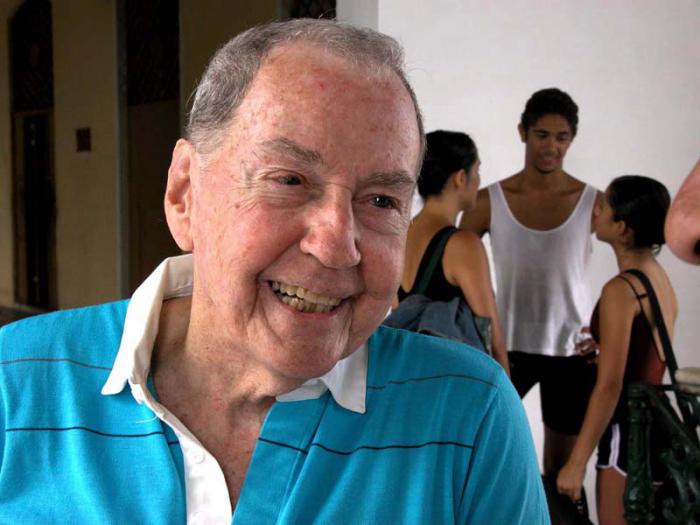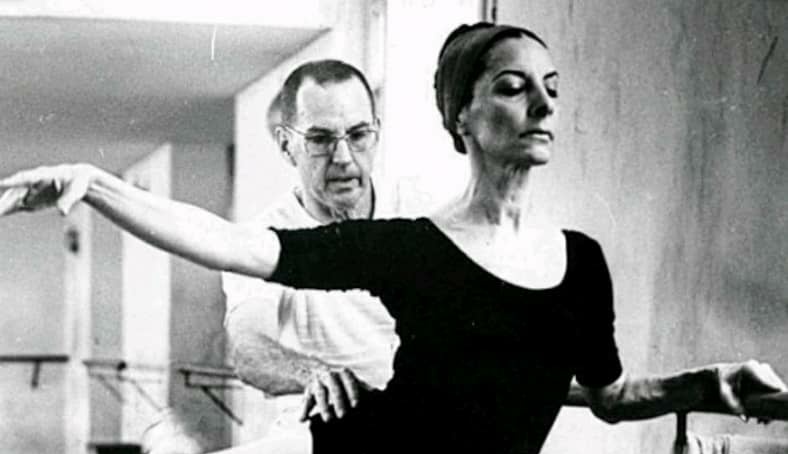Fernando Alonso: A Lasting Legacy

When Fernando Alonso passed away on July 27, 2013, Cuban ballet lost one of its most iconic figures. His lifelong devotion to the art of dance made him one of its most prolific and influential proponents—not only as a scholar and teacher but also as a key architect in the creation of the Cuban ballet school. Alonso embraced influences from foreign traditions while helping to shape the distinctive identity of the Ballet Nacional de Cuba, alongside Alicia and Alberto Alonso.
According to journalist and art critic Yuris Nórido, “Fernando’s most important contribution was the development of a groundbreaking pedagogical method that gave birth to the Cuban ballet school. His approach combined universal technical elements with the anatomical, cultural, and rhythmic characteristics of the Cuban dancer, allowing for the training of performers with extraordinary virtuosity. This school became a benchmark for dance education, admired and replicated in many countries.”
Art critic and journalist Pedro de la Hoz shares a similar perspective: “By sacrificing his career as a dancer and postponing choreographic creation, Alonso focused instead on laying the foundations of a style that would evolve into a school. He achieved this by dialectically assimilating dominant dance forms and forging a unique identity—one that continues to manifest in both Cuban companies and in the teaching practices of those who have drawn from this experience, both in Cuba and abroad.”
For de la Hoz, Alonso succeeded through a synergy of observation, theory, and practice—an approach that balanced science and art in meaningful and complementary ways. “In that synthesis,” de la Hoz explains, “his understanding of technique advanced into an aesthetic conception of movement. He studied human morphology, psychology, and cultural heritage, all of which fused to forge a Cuban identity.”

“Fernando Alonso was not only a leading figure in dance,” adds playwright, poet, and theater critic Norge Espinosa. “He belonged to another form of aristocracy—the aristocracy of spirit—that represents the best of the Cuban soul. His was a foundational kind of Cuban-ness: generous, unpretentious, devoid of vanity or spectacle. He should serve as a model for Cuban artists of every type, regardless of their field, especially in an age where generosity, humility, and sincere dedication are increasingly rare.”
Espinosa continues: “I will always hold on to that image of Fernando Alonso. A true gentleman of dance, he taught simply by his presence—by the dignified way he lived a life that, in truth, does not end with his passing. In a year that has been particularly cruel to the memory of Cuban culture, his loss is not merely a physical absence.”
In an interview with researcher Patricia Leyva, principal dancer Grettel Morejón shared: “There are people in life who are like lights. You can try to emulate them, talk about them, and preserve their legacy—but some people simply are light. Fernando had something special, a completely genuine love for dance. He breathed art. What made his classes and rehearsals so unique was his use of various artistic forms to enrich ballet. He trained our muscle and emotional memory through images, videos, and paintings to better explain movement. The reason I love teaching so much is because of his legacy. I’ve grown to love the creative process and the rehearsal space. Fernando trained teachers so that ballet education would meet the artistic and social expectations placed upon it. I’m proud to be part of that achievement.”
Beyond his role as a teacher, Alonso was also deeply committed to national culture. “His vision went beyond art for art’s sake,” explains Yuris Nórido. “He saw ballet as a vehicle for social transformation. Under his leadership, the Ballet Nacional de Cuba democratized access to dance, bringing performances to rural towns and cities across the island and breaking the notion that ballet was reserved for elite circles.”
Deeply rooted in the Cuban soil that shaped him, Fernando Alonso transcended local boundaries to reach the universal. Without airs or arrogance, he did everything in his power to raise the standard of ballet and to prepare, with integrity and generosity, those who would inherit his art.
Translated by Luis E. Amador Dominguez
Photo: Granma



